How to Avoid Pests in the Compost
All kinds of animals are drawn to compost, and seem to be extra thrilled about bokashi. How do you avoid pests in the compost then? Keep reading to learn how!
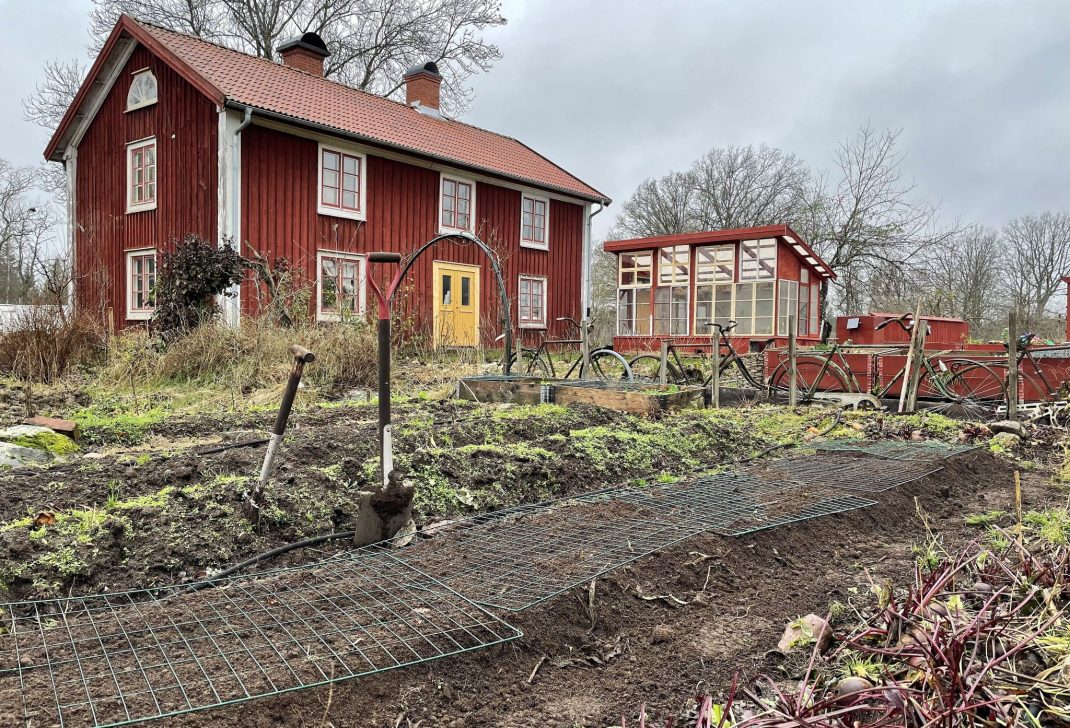
I'm preparing my new garlic bed with bokashi compost. It's 20 ft (6 meters) long and around 3 ft (1 meter) wide. Keep reading to learn how to avoid pests in the compost.
I recently got a few questions about composting after posting a video about burying bokashi in my beds. Many of you seem to have issues with pests in the compost, or at least worry about that it's going to happen in the future. I can absolutely understand that! The thought of seeing my bokashi compost all over my bed is unpleasant. But I have a little trick to avoid pests in the compost.
Don't know what bokashi is? Well, it's in short a way to compost kitchen scraps by fermenting the material in buckets. You can find plenty of content about bokashi compost here on the blog by following the link below:
Read more: Bokashi composting
Bokashi for Garlic
First and foremost, you might wonder why I decided to bury my bokashi compost in the beds. Well, bokashi composting is a great way to create new soil from our kitchen scraps. The soil gets so airy and nutritious too! I generally use bokashi in spots where I'm planning to put vegetables that need a lot of fertilizer. Sweet corn, cabbage, gourds, garlic and celery root are a few examples. They do really well in beds with buried bokashi and mulch on top.
Yesterday, I buried three buckets of compost in a 20 ft (6 meter) long bed where I'm going to plant garlic. It's so far been relatively mild outside and I didn't want to plant my garlic too soon. When it comes to garlic, it's best not to rush. I think it's time soon though! I prepared the bed by harvesting the black salsify that used to grow here, removed the weeds, buried some bokashi and then raked the bed.
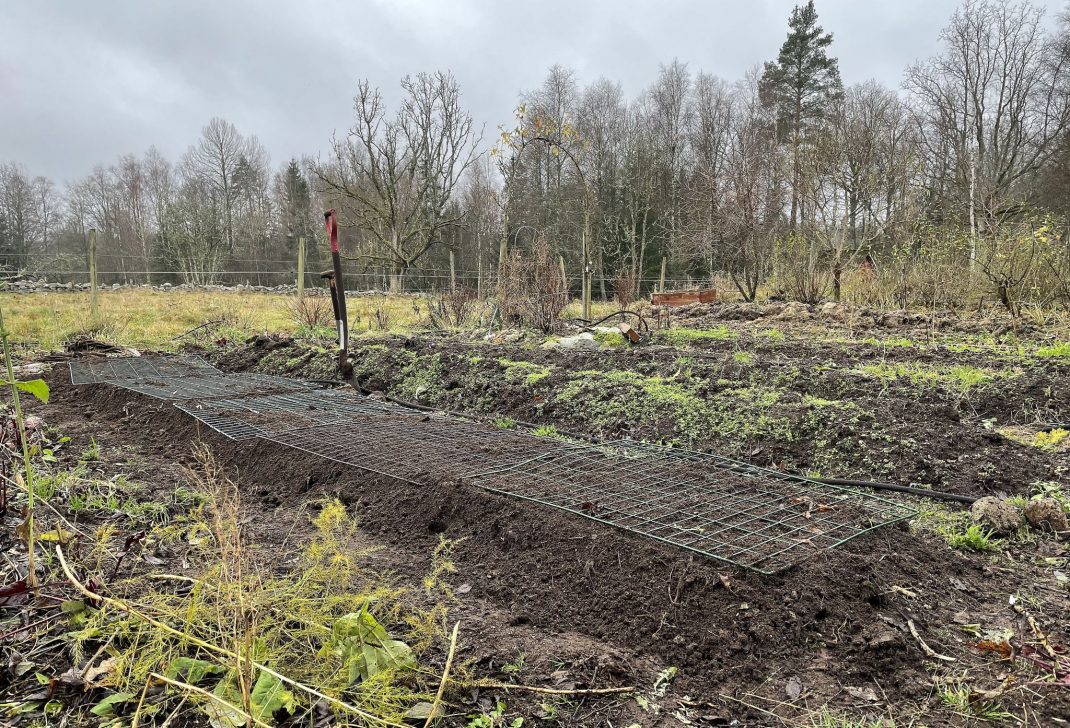
The new bed where I'm going to grow garlic has been fertilized with three buckets filled with bokashi compost. I buried it to avoid pests in the compost.
Pests in the Compost
Fresh bokashi compost is like any other type of compost very interesting to a lot of animals. I know that dogs, badgers, birds and a whole slew of little rodents and other critters would love to mess around with bokashi compost. This is something I've experienced myself. Trust me, you don't want your beds covered with fresh bokashi. It's disgusting. It looks bad and smells even worse. The worst time was probably when our Newfoundland dog started to dig in a bed where I recently buried two buckets of compost. We had to let him sleep outside for a few nights because of the smell.
So, I absolutely understand if people are worried about pests in the compost, maybe especially when it comes to bokashi. I do however think that bokashi should be buried and it's so easy to use it spot by spot with this method. And I don't need to store and transport the bokashi compost if I do it this way either. Instead, I get to use it right away and can start filling my empty buckets with new compost right away.
More about bokashi: Big guide to bokashi
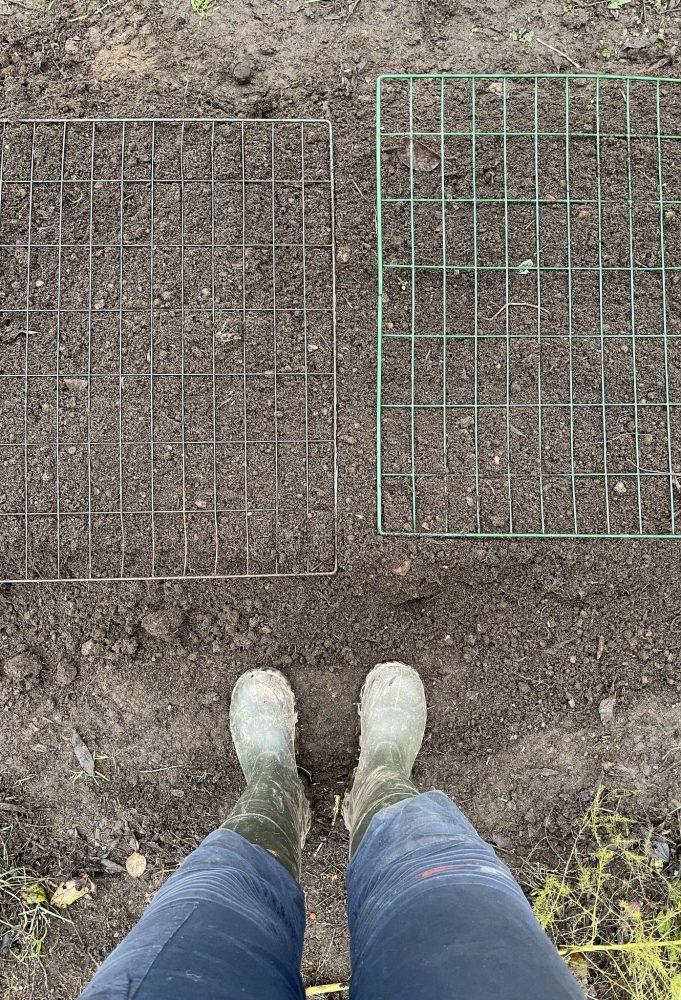
Wire mesh on the ground is a simple trick to keep pests away. Of course, the smaller ones might still give it a try. But this actually hasn't happened to us.
Wire Mesh
My best tip on avoiding pests in the compost and keeping the bokashi where it is, is to always cover the ground with wire mesh. Always! The only thing I sometimes forget about is the pots, but I haven't had many issues with them so far.
I have an entire little stock of wire mesh panels for these types of occasions. So now, I basically put wire mesh on the soil as soon as I bury something. This goes for the beds outside, raised beds and cultivation boxes. I also do it in the greenhouses. This simple trick is so far very effective. I haven't had any problems since I started. If you have pests in the compost, this might just be the right method for you.
Read more: How to get rid of slugs in the garden
Another thing that you might want to think about is to bury the compost deep into the ground. I try to dig as deep as possible, and then I add a layer (around 6-8 inches or 15-20 centimeters) of soil on top. The layer can be a bit thinner in a raised bed though. When you're done digging, then you can just use your foot to push the soil down. This also helps create a nice lid-like effect.
They say that bokashi stops smelling so bad around two weeks after you bury it. We usually keep the wire mesh put longer than that though. I found out that my cats can't get to my raked soil with the panels on top!
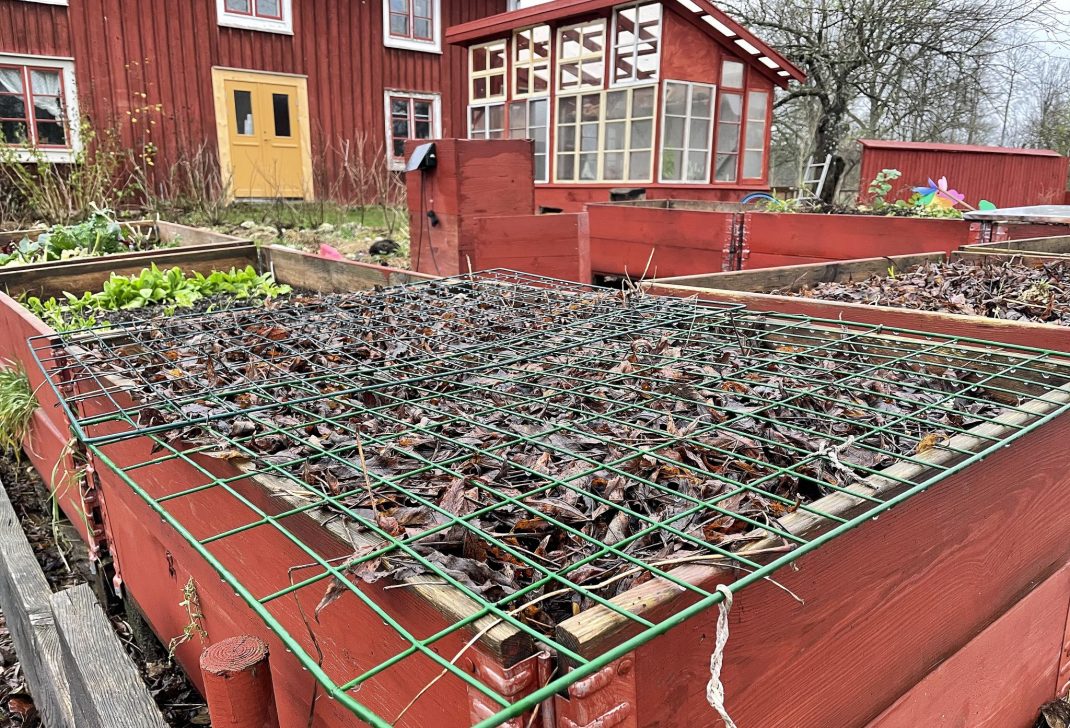
I always cover my raised beds with mesh wire. It's a great and simple way to avoid pests in the compost.
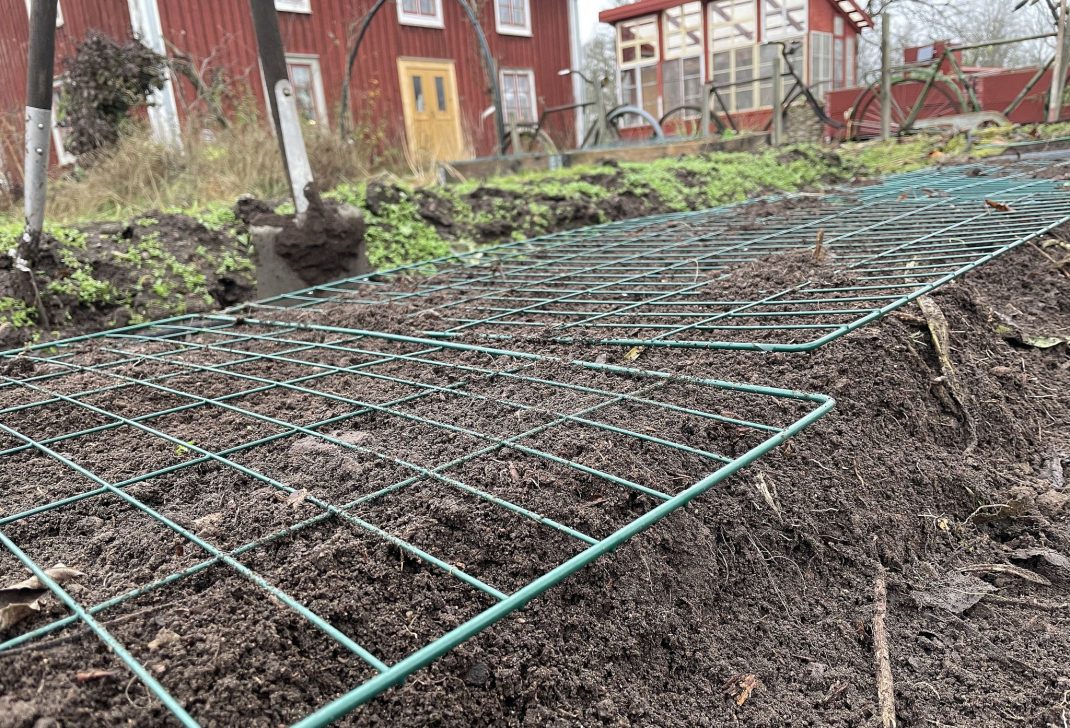
The wire mesh is so convenient. The panels are easy to use, they barely show and you can keep them basically anywhere.
Some say that you can use bokashi to do surface composting. This basically just means putting the bokashi right on the ground, with a layer of old leaves or straw on top. I don't recommend this method if you want to get rid of pests in the compost though. It's going to be relatively easy for birds and other critters to get to the compost on the surface, even if you put row cover on top. That's why you should always bury the bokashi compost properly!
Want to learn more about bokashi? Check out my playlist about bokashi on Youtube below:
More: Everything you need to know about bokashi
This is in my opinion the best way to deal with kitchen scraps, as long as you bury it, that is. The bokashi compost turns into high-quality soil in no-time. You won't have to deal with pests in the compost as long as you use wire mesh on top of the ground either! Good luck!
/Sara Bäckmo
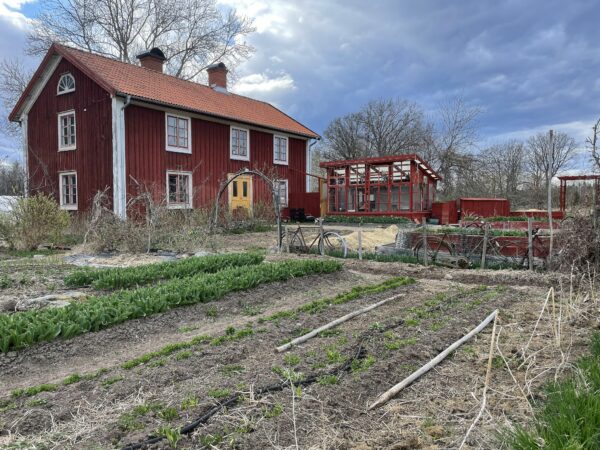
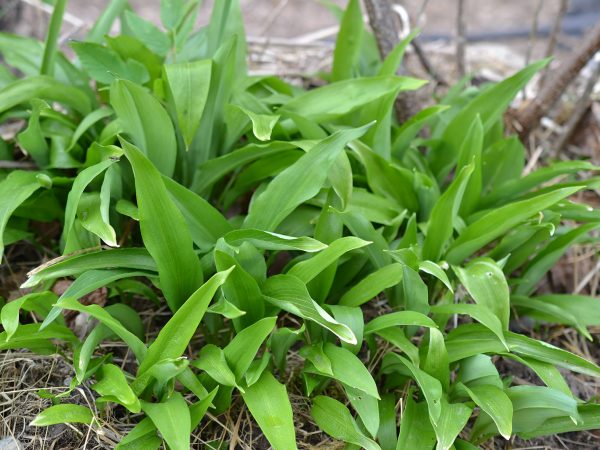

Leave a Reply